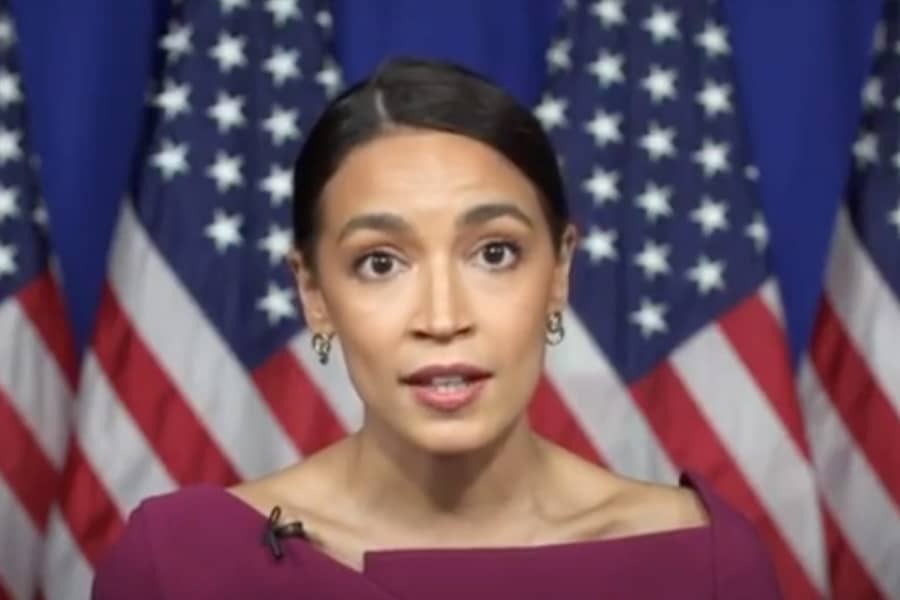A renowned streamer was playing Among Us, an enormously popular online multiplayer game, just before the 2020 presidential election when they were “killed” by Rep. Alexandria Ocasio-Cortez (D-N.Y.). AOC, a frequent player, had almost 400,000 viewers following her live at the moment, making it the platform’s third most-watched stream. What AOC was doing – live streaming herself playing video games online – was part of a bigger voter outreach effort called Gamer Vote.
Gamer Vote is a political tactic in which politicians communicate with gamers, mostly millennials and Generation Z, in order to increase political involvement and, eventually, voting. Gamer Vote may have never been more successful, given the shift toward gaming and time spent online during the epidemic.
According to Gamers.Vote, a non-profit dedicated to empowering gamers to engage in politics, over 160 million gamers are eligible to vote in US elections each year – and the number is growing. The game business is flourishing as a result of the pandemic: Gamers, for example, will spend $44 billion on gaming software and services in 2020. The number of new gamers in the United States increased by 6% to 227 million from 214 million. At the height of the pandemic lockdown in April 2020, 55% of American consumers were playing video games, paving the way for Gamer Vote to continue to expand.
Despite the pandemic’s modernization drive, the strategy isn’t entirely new. It all started with Barack Obama’s 2008 campaign, which created history by being the first presidential campaign to use video games to reach out to hard-to-reach young adult male voters. In 2012, they increased their video game presence by purchasing advertisements in 18 online games targeting swing states, including Need for Speed and Madden NFL 13.
Democratic Rep. Josh Harder cites video games, Snapchat advertising, and live streaming for his narrow victory in California during the 2018 election season, which took place on the opposite side of the country. He just needed 10,000 votes to change the district, and while he is keen to note that traditional techniques were employed as well, the demographics he targeted through gaming made a significant impact.
The 2020 Biden campaign didn’t depend on live streaming as much, but they did have partnerships with famous online games like Fortnite and Animal Crossing to boost exposure for their initiatives. While playing Fortnite, players may place Biden signs in their Animal Crossing yards and explore in-game map obstacles.
While Democratic campaigns have largely focused on Gamer Vote as a political strategy, there is huge potential for campaigns to broaden their base by reaching this largely untapped voter segment, especially since Twitch has already been identified as one of the most effective entertainment venues for reaching younger voters.
The pandemic’s increasing digitization has altered the game business, and the epidemic has further digitized our lives in ways that are unlikely to go away. Aside from politics, the potential worth is obvious. The Detroit Lions of the NFL utilized an online game to announce their season schedule in 2020. Travis Scott, a well-known artist, held five Fortnite concerts that drew 45 million viewers, while Lil Nas X did a performance in Roblox, another online game, that drew 33 million spectators.
As a result, if Gamer Vote is to become a significant component of political campaigns, it must be refined and organized. Especially when gaming platforms and the business change at a rapid pace.
However, not every politician has the ability to break into the gaming world. Politicians must be technologically aware, genuine, open, and social media savvy. When AOC first joined the Among Us group, many people were suspicious, and it required her gaming skills to gain acceptance (although the skepticism may also have had something to do with rampant sexism in gaming culture). Understanding changing platforms and their users may be especially challenging for certain politicians, given that the Senate and House have average ages of 63 and 58, respectively.
If political campaigns investing on Gamer Vote are to preserve their legitimacy and appeal in the future, they must grasp these fast-changing dynamics. One method for AOC to establish a real connection with viewers is for her to utilize gaming lingo while broadcasting.
However, while streaming may increase her political image – and her social media following – it is unlikely to extend her voting base, as political opponents are less likely to engage in a back-and-forth conversation, such as a conventional debate, when they are online. To put it another way, the folks who are watching are almost certainly already AOC followers.
That means politicians must be familiar with the subtleties and intricacies of their chosen gaming platform in order to connect with players, many of whom are devoted to a particular medium. Social media smear campaigns, reputational harm, and even investigations might all be unintended effects of the Gamer Vote approach. More study on the unique demographics of gamers in each voting district might help politicians better grasp the value of gaming and social media advertising.
While Gamer Vote is still in its early stages, with most of its potential unexplored, research will aid in the development of more successful campaigns — as well as determining how much spending is worthwhile. The procedure will almost certainly need to be refined in order to improve efficiency and discover new ways to motivate politically naive people to take action – a problem that is magnified by the digital gap that many communities confront.
With the gaming business booming as the epidemic spreads, politics and the digital worlds we inhabit will become increasingly intertwined – with potentially big implications for hotly contested elections that will determine our destiny as young people.







